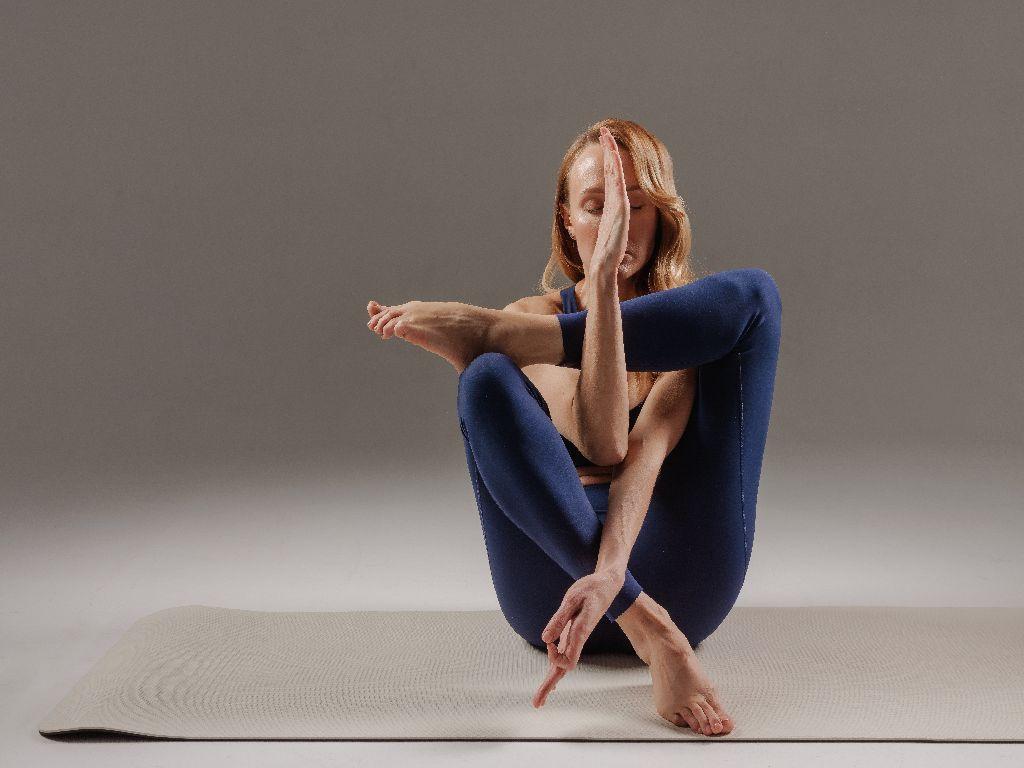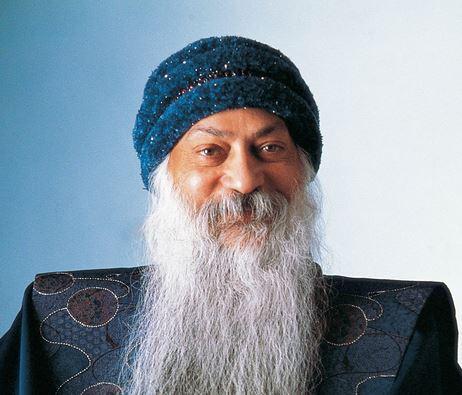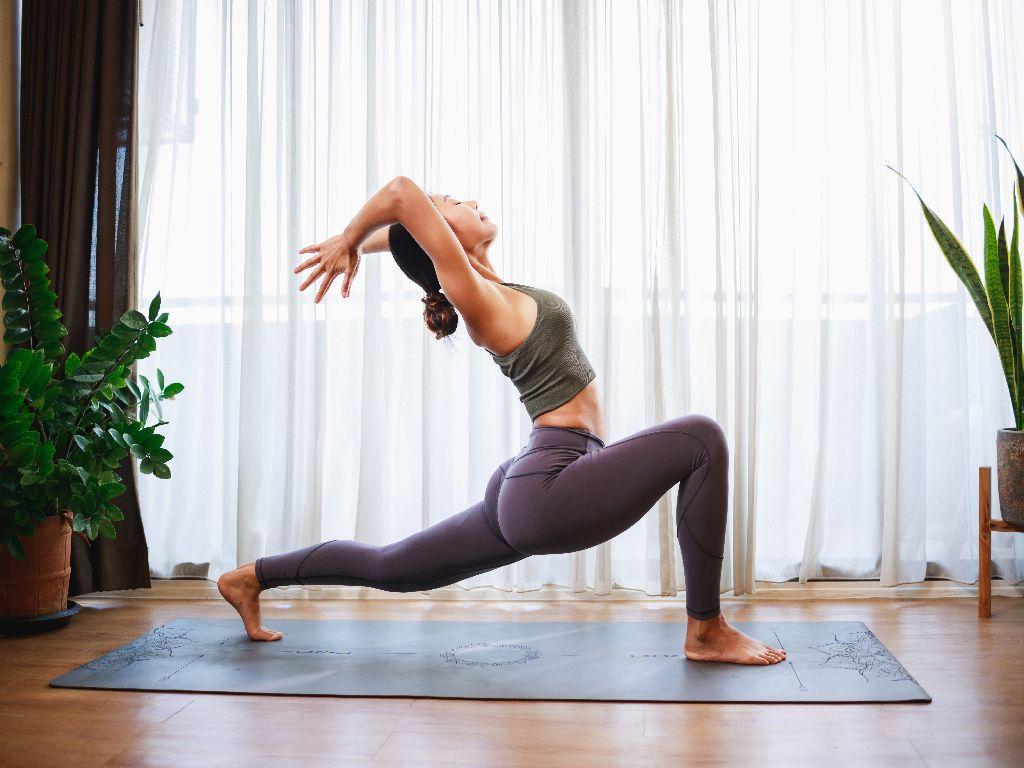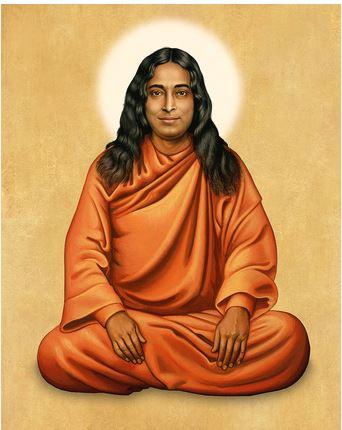Yoga Anatomy

Yoga Anatomy refers to the study of the human body in the context of yoga practice. It combines classical anatomical knowledge (muscles, bones, joints, organs) with practical understanding of how the body moves and functions in yoga postures (asanas), breathing techniques (pranayama), and movement sequences. The goal is to support a safe, mindful, and structurally sound yoga practice.
🧠 Goals and Benefits:
-
Develop body awareness and proprioception
-
Prevent misalignment, strain, and injury
-
Adapt postures to suit individual anatomy, flexibility, or limitations
-
Deepen the connection between body, breath, and mind
🦴 Core Areas of Yoga Anatomy:
1. Muscles:
-
Agonist vs. antagonist – understanding muscle pairs and coordinated movement (e.g., in forward folds and backbends)
-
Types of muscle action:
-
Isometric (holding)
-
Concentric (shortening)
-
Eccentric (lengthening under tension)
-
-
Stabilizers vs. movers: especially relevant in balancing poses and transitions
2. Skeletal System & Joints:
-
Joint types: ball-and-socket (e.g. shoulder), hinge (e.g. knee)
-
Range of motion (ROM) and anatomical variation
-
Spinal movement: flexion, extension, rotation, and axial elongation – central to most asanas
3. Fascia:
-
Connective tissue that wraps and links muscles
-
Plays a role in mobility, stability, and tension distribution
-
Especially relevant in Yin Yoga and slow, sustained stretching
4. Breathing & the Diaphragm:
-
Anatomy of the respiratory muscles, especially the diaphragm
-
Link between breath and posture in pranayama and deep core engagement
5. Alignment & Movement Patterns:
-
Biomechanics: how force, balance, and movement are transferred through the body
-
Alignment principles: optimal joint stacking and load distribution for safety and efficiency
-
Emphasizes functional movement, not just “perfect shape”
🧭 Yoga Styles and Anatomical Focus:
-
Iyengar Yoga: emphasizes alignment and use of props for anatomical precision
-
Vinyasa / Ashtanga Yoga: links breath and movement; anatomical balance between strength and flexibility
-
Yin Yoga: focuses on deep tissues like fascia, ligaments, and joints
-
Therapeutic Yoga: integrates anatomy to address injuries or physical conditions
📚 Key Authors & Resources:
-
Leslie Kaminoff & Amy Matthews – Yoga Anatomy (classic text)
-
Ray Long – The Key Muscles of Yoga and The Key Poses of Yoga
-
David Keil, Paul Grilley, Tom Myers (Anatomy Trains) – leaders in applied yoga anatomy and fascia studies
✅ Conclusion:
Yoga Anatomy is not just academic—it’s a living, experiential understanding of the body in motion and stillness. It bridges science and practice, allowing yoga to become not only more safe and efficient, but also more personally meaningful. When you understand your body’s structure, you can move with more freedom, awareness, and purpose.
Links:








